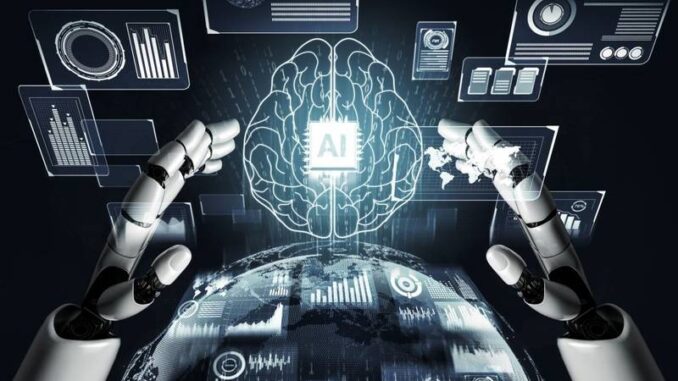
AI technologies can be categorized based on their capabilities and functionalities. Here, we’ll explore several key categories of AI technologies:
1. **Reactive Machines**: – **Description**: These AI systems do not have memory or the ability to learn from past experiences. They simply respond to specific inputs with pre-defined outputs.









– **Examples**: IBM’s Deep Blue chess program, which could evaluate board positions but had no concept of the past.
2. **Limited Memory**:
– **Description**: These systems can use past experiences to inform future decisions, though their memory is not persistent. They can learn from historical data to a certain extent and apply it to ongoing tasks.
– **Examples**: Autonomous vehicles, which use data from past trips (e.g., from sensors) to navigate and make decisions.
3. **Theory of Mind**:
– **Description**: This is an advanced concept where AI would understand emotions, beliefs, and mental states. It aims to recognize that other entities have their own thoughts and feelings.
– **Current Status**: While significant research is ongoing, theory of mind AI does not yet exist in practice.
4. **Self-aware AI**:
– **Description**: These systems would have self-awareness and consciousness. They could understand their own existence and emotions, which is a topic of philosophical debate.
– **Current Status**: As of now, self-aware AI is purely theoretical and has not been developed.
5. **Natural Language Processing (NLP)**:
– **Description**: Technologies that enable machines to understand, interpret, and respond to human languages.
– **Examples**: Chatbots, voice assistants like Siri and Alexa, and machine translation services.
6. **Computer Vision**:
– **Description**: This capability allows computers to interpret and understand visual information from the world.
– **Examples**: Facial recognition systems, image and video analysis, and autonomous drones.
7. **Robotics**:
– **Description**: AI-driven robots can perform tasks in the physical world, often with some level of autonomy.
– **Examples**: Manufacturing robots, surgical robots, and delivery drones.
8. **Machine Learning (ML)**:
– **Description**: A subset of AI that involves training algorithms to identify patterns in data and improve their performance over time without explicit programming.
– **Examples**: Recommendations systems (like those used by Netflix and Amazon), fraud detection systems, and predictive analytics.
9. **Deep Learning**:
– **Description**: A subset of machine learning using neural networks to model complex patterns in large amounts of data, often using multiple layers of abstraction.
– **Examples**: Image and speech recognition, natural language processing, and generative models.
10. **Generative AI**:
– **Description**: This technology involves algorithms that can create new content such as text, images, music, or other media based on provided inputs.
– **Examples**: GPT-3 for text generation, DALL-E for image creation, and other AI art generators.
11. **Expert Systems**:
– **Description**: AI systems that use a knowledge base and a set of rules to solve specific problems and provide recommendations. They mimic decision-making ability of a human expert.
– **Examples**: Medical diagnosis systems and financial advisory systems.
12. **Reinforcement Learning**:
– **Description**: A type of machine learning where agents learn to make decisions by taking actions in an environment to maximize cumulative rewards.
– **Examples**: Game-playing AI (like AlphaGo), robotics for complex tasks, and automated trading systems.
As AI continues to evolve, new capabilities and categories may emerge, and the applications of these technologies will expand across various industries, from healthcare and education to finance and entertainment.

Leave a Reply